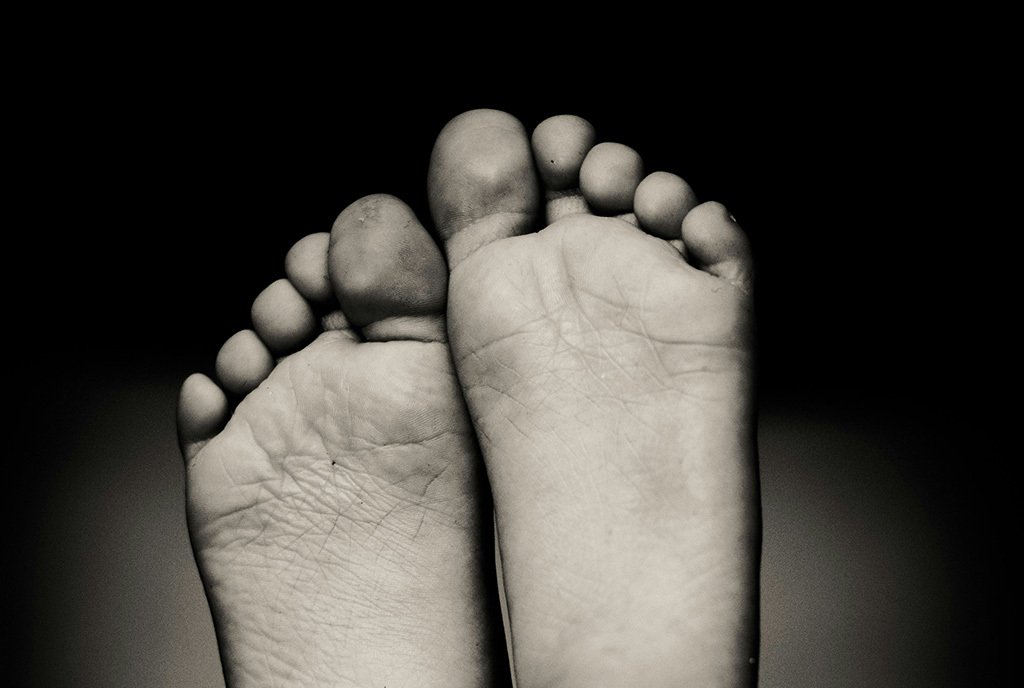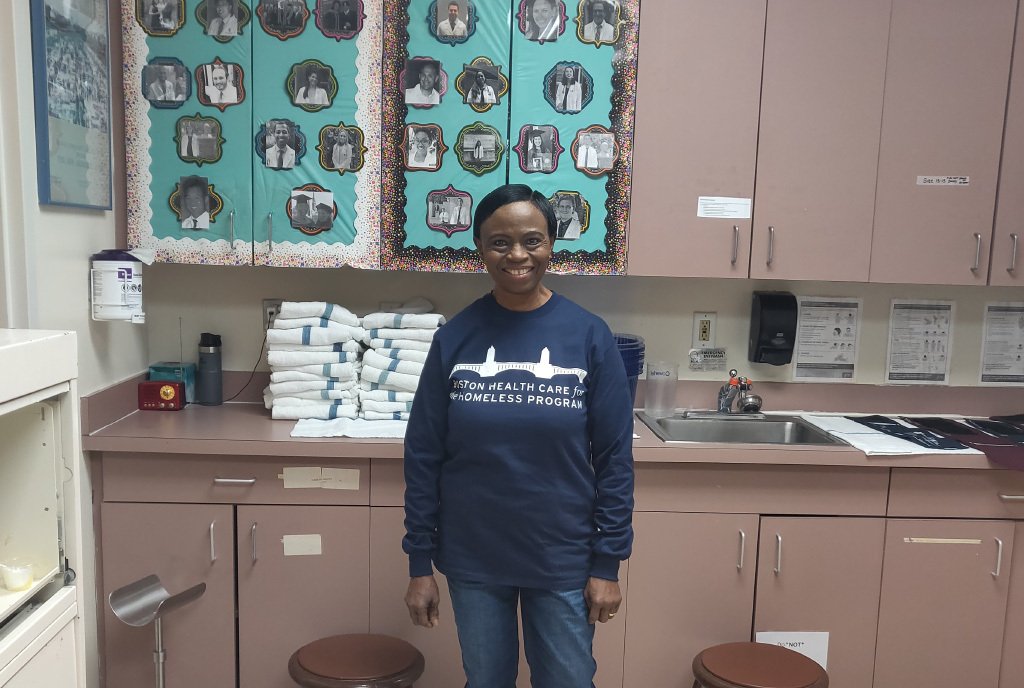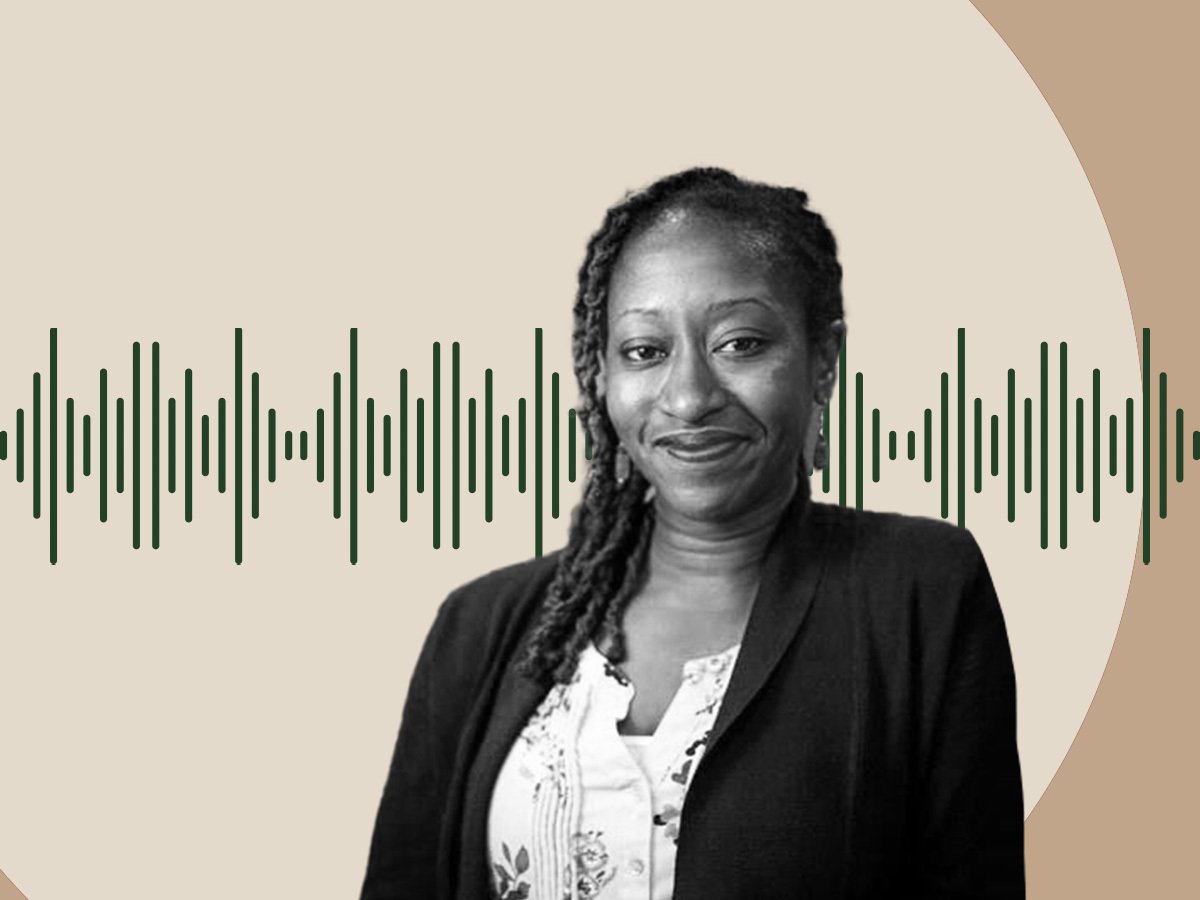
More than 20 years ago, a man showed up for treatment at St. Francis House, a homeless shelter in Boston, MA.
Cecilia Ibeabuchi, the newly appointed nurse manager for the facility, came to see him. The man was complaining of a pounding headache and was asking for Tylenol. As she attended to him, Ibeabuchi noticed the man’s feet, swaddled in four pairs of socks—and coming from them was a nauseating odor.
The foot clinic has [served] thousands of people experiencing homelessness in the Boston region…earning Ibeabuchi the affectionate nickname, “The Foot Lady.”
Ibeabuchi persuaded the man to let her remove his socks, peeling them off pair by pair, the odor rising, until she reached the last pair—which wouldn’t come off. Realizing the signs of severe infection, Ibeabuchi had the man sent to the hospital, where the sock was removed and some of his toes amputated.
“But the other ones were saved due to this action,” Ibeabuchi notes proudly.
Ibeabuchi returned to her supervisor at Boston Health Care for the Homeless, the nonprofit service provider for which Ibeabuchi has worked for over two decades, and pitched a new idea: a foot clinic run out of the shelter.
The foot clinic has been in operation since then, serving thousands of people experiencing homelessness in the Boston region, and earning Ibeabuchi the affectionate nickname, “The Foot Lady.”
The Foot Lady
Born in Nigeria, Ibeabuchi emigrated to the United States in the mid-1980s to pursue what would become multiple degrees. She holds a BA in biology from Emmanuel College, another BA in nursing from Simmons College, and a master’s degree in nursing from Suffolk University.
Ibeabuchi came to Boston Health Care for the Homeless Program (BHCHP) in the mid-1990s and was then hired as director of nursing for the organization.
“I kept wondering, why were people homeless in America?”
BHCHP is a unique institution serving the greater Boston area. The group’s mission is “to ensure unconditionally equitable and dignified access to the highest quality health care for all individuals and families experiencing homelessness in our community.” To that end, BHCHP today employs hundreds of healthcare professionals who work in shelters, on the streets, in clinics, and in partnership with local government.
In an interview with NPQ, Ibeabuchi says she was attracted to BHCHP because of the problem it seeks to address—homelessness in the world’s richest country—and because she felt drawn on a personal level to those experiencing homelessness.
“I kept wondering, why were people homeless in America?” Ibeabuchi recalls. At the same time, she notes, “Being in a foreign country with no parents, no grandparents, no relatives [here], I identified very well with the individuals.”

Caring for Feet
For many people experiencing homelessness, feet are often a very literal location of extreme discomfort and potentially serious health risks. But, in Ibeabuchi’s skilled hands, they can also represent a gateway to a broader understanding of the client’s health and needs, providing a bridge to build critical trust.
Feet can embody, among other things, independence. Many who are homeless, Ibeabuchi points out, rely entirely on their feet for transportation. “When the feet are compromised in any way, it makes moving from one place to the other extremely difficult,” she says.
Sign up for our free newsletters
Subscribe to NPQ's newsletters to have our top stories delivered directly to your inbox.
By signing up, you agree to our privacy policy and terms of use, and to receive messages from NPQ and our partners.
Several afflictions target the feet, from blisters to conditions related to the cold—especially in New England—like frostbite or the potentially deadly trench foot.
At the same time, the feet can be an entrée, especially among patients reluctant to seek or receive medical help for other maladies, to a broader picture of the patient’s overall health.
Feet can be a direct window into health—discolored toenails can be suggestive of cardiac and/or circulatory problems, for example, Ibeabuchi notes.
“Maintaining their dignity and respect is really important to me.”But just as significantly, Ibeabuchi has found that tending to people’s feet provides an opportunity to build relationships and the trust often necessary to nudge reluctant patients into opening themselves to more comprehensive care.
“You don’t just concentrate on their feet, you look at them from head to toe, full body, then assess, ask questions, find out more details about them,” Ibeabuchi says. “Remember, our homeless individuals will not tell you, will not give out information easily. You have to gain their trust, build a trusting relationship with them before getting into sharing their life stories with you, and then opening up themselves to be cared for.”
Lessons in Foot Care
Providing thousands of foot care appointments annually requires continuous labor. To that end, Ibeabuchi has for years recruited nursing students from local colleges and universities to work in the foot clinic.
The job is demanding, and Ibeabuchi is demanding of those who work under her supervision as well. She has little time for squeamishness and emphasizes that student-workers must prioritize respecting the dignity of those they work with.
“Maintaining their dignity and respect is really important to me—most important,” says Ibeabuchi, who asks students to “think of it as yourself. If you are placed in this situation, how would you want other people to approach you or talk to you about your feet smelling?”
When clients can come and get their feet not just examined but attended to—cleaned, treated with appropriate medicine, provided with fresh socks—a door is opened, says Ibeabuchi, to greater healing.
For clients, Ibeabuchi says, the foot care “helps you to start to open. You will know that this person is really investing in you, in your life and that your life is very important to them.”
Word of the foot clinic has gotten out. Groups dedicated to caring for homeless individuals have contacted Ibeabuchi and visited to see firsthand the work the foot clinic is doing.
Meanwhile, Ibeabuchi’s student recruitment has created, over time, a long list of alumnae, some of whom have taken their experience back to their professional lives.
“Some have gone back into their universities and introduced foot care,” to their colleagues, says Ibeabuchi, proudly showing me a photograph of one former student and her spouse washing each other’s feet at their wedding.
The Whole Human Being
It is impossible in considering the work of the foot clinic not to reflect on examples of foot washing as a devotion of care practiced by many world religions. In the New Testament, Jesus is depicted washing the feet of his disciples. Muslims practice foot washing in preparation for prayer. Hinduism, Sikhism and Native American religions also practice ritual foot washing. For Ibeabuchi, who is herself Christian, such teachings resonate deeply with the secular medical foot care she and her colleagues provide.
“Feet are one of the [most important] parts of the human body,” Ibeabuchi notes. “One thing I can tell you this has done for me personally and professionally, is to be able to understand the whole human being, to allow my patient to tell me more of their stories, to allow them to, for me to engage them into primary care rather than going into the emergency rooms for something that we could prevent.”












